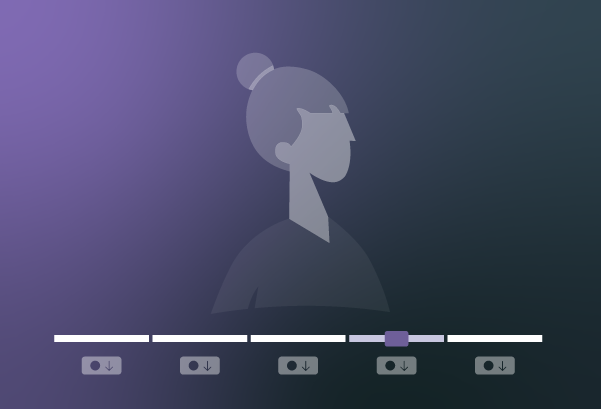Reflective questions are your secret weapon to a more engaged learner and a meaningful and personalised learning experience when designing any learning program. Reflective questions allow the learner to connect more with the learning they are doing and retain some of the beneficial elements of face-to-face learning, that is, open-ended questioning. You can add reflective questions as multiple choice, a Likert scale or as simple prompts. The goal with reflective questions is to get your learner to start clicking and scrolling with purpose rather than procedure.
While reflective questions can be used in various ways, there are four general categories for use. Let’s go through them now.

Have I got your attention?
Reflective questions can be used effectively to spark interest and set expectations from the outset. After all, people love to talk about themselves! They can ask the learner to reflect on what they have done previously or what they are about to do.
Here are some good examples:
- How confident are you when it comes to your cultural competency?
- Have you applied any of the skills you learnt in your previous module on team leadership?
How are you travelling?
Reflective questions can be a useful tool to check in with the learner throughout their online learning journey. It can keep them accountable without the pressure of getting the answer right or wrong. It is also a great way to regain any wavering attention.
Here are some examples:
- Have you ever given an Acknowledgement of Country?
- How much do you value weekly team meetings?
Want to find out more?
Much like face-to-face teaching, online learning does not always have to be about providing the answers. It can also be about encouraging the learners to find the answers themselves. This can be done through attached links and videos or encouraging the learner to conduct some additional research themselves.
Here are some examples:
- Watch the attached video to learn more about Indigenous history in the local area. Does this change the way you will view your surroundings? Why or why not?
- Conduct some additional research on the types of goal setting you can engage your team in. Consider which would work best with your team and why.
Give it a try!
When possible, it is powerful to encourage the learner to reflect in a more physical way. This can include encouraging them to write something down, speak out loud or even move their body. This elevates online learning beyond the computer screen to something more tangible. Remember, these sorts of reflective tasks need to be quick, easy and achievable in the learning environment that your learner finds themselves in!
Here are some simple examples:
- Turn away from your device and write down as many Indigenous nations that you know. Reflect on how many you got and how you could learn more.
- Set a timer on your phone for one minute and close your eyes. During this time, take notice of your thoughts. What were most of your thoughts triggered by? Work or home?
Face-to-face educators know the power of reflection, and there is plenty of opportunity for this in your online learning design. Resist the urge to opt for simple correct and incorrect multiple-choice questions and start getting creative with how you present information and learning opportunities for your learners with reflective questions.


